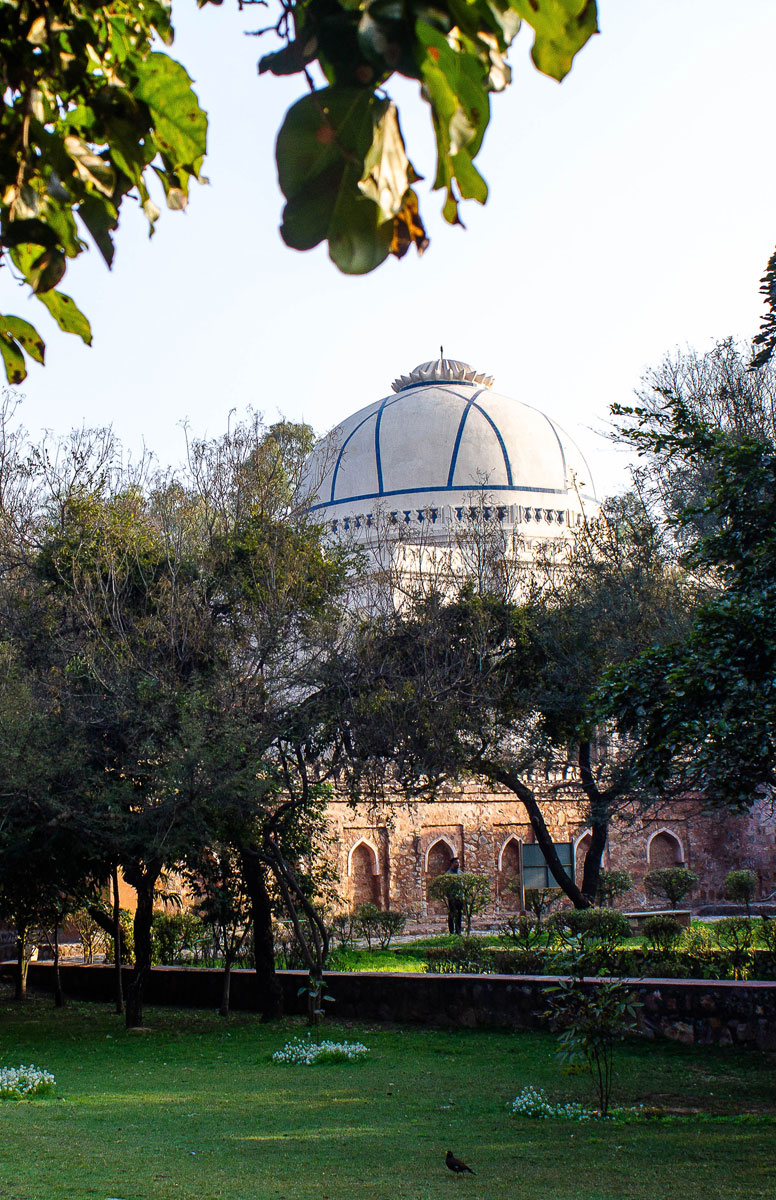Although the climate was semi-arid and the terrain rocky, numerous streams, both perennial and seasonal, that flowed from the Aravallis, and the alluvial flood plains of the Yamuna river ensured abundant surface and groundwater resources. As evidenced by history, a rich water-resource region tends to become a cradle of human settlement. This unique history of the land and its people is widely scattered in Delhi’s neighbourhoods and lanes, city forests and parks, ridges, and in more than a thousand historical monuments and buildings even today.
Post independence and urbanization, Delhi’s aspiration as a capital city flourished. In no time, it grew from a city to a megacity. But as work opportunities and the migrant population multiplied over the decades,the city’s urban structures, governance systems, and monitoring mechanisms were unable to keep up. The city today has long since departed from its glorious past, presenting us with a complicated set of challenges. With increasingly erratic monsoons, the felt impact of climate change, and disputes over the sharing of river waters between neighbouring states, the city today seems to be teetering on the brink of an ecological crisis.
It is a story of persistence, citizen leadership, community participation, and engaged actions by both government and private institutions— that showcase what can happen when all stakeholders come together effectively to resolve issues of governance, and create a space in which they can all take pride. Our story is set in a South Delhi locality, an area that is often assumed to be governed efficiently, with better systems and structures than in many other parts of the city. But the neighbourhoods around the Basant Lok complex knew otherwise. Over the decades, the area including a forest patch and an adjacent Delhi Development Authority (DDA) park had become a den of criminal activities that created serious security concerns. The forest itself was a shadow of its former self. A nullah overflowing with raw sewage, lack of toilets and waste segregation systems, outdated and unused sewage treatment plants - were major health hazards for the communities around the area. Investigations revealed numerous issues, an utter failure of governance, and a near-insurmountable maze of bureaucratic processes and obstacles.
In 2006, residents of Munirka Enclave - Sunil, Ranjana, and Shiv, sometimes accompanied by other RWA members, embarked on the journey of engaging with the local communities, officials, and residents on the state of the area’s ecology. They discovered evidence of the failure of governance at a scale that left them shocked and disturbed. They realized that the issues were complex and multi-layered, and it needed a lot of patience and persistence to resolve even one of them. But this only increased their determination, and thus was born a team and a project in 2016, which was later christened as the ‘Development and Remodelling of Vasant Udyaan Project’ with Sunil at the helm as Convener, Ranjana as Co-convener, and Shiv stepping into the role of Technical Advisor.
And so started a citizens movement, where over the next 5 years, a team of concerned residents representing their Resident Welfare Associations (RWAs) transformed this area into a landscaped park that recalls a Tughlaq era garden, using treated sewage water. Our story is an example of the ways in which we can redefine our cities by redefining the way we associate with them. It demonstrates how each stakeholder can provide their expertise to solve critical issues collectively through conscious engagement. It proves that Delhi is throbbing with possibilities, glimpses of which can be seen everywhere in the park—whether it is in the project to teach underprivileged children with residents extending their full support, in the women from the nearby slums using the gym equipment in a safe space, or in the five-star hotel taking its role in local governance conscientiously.
